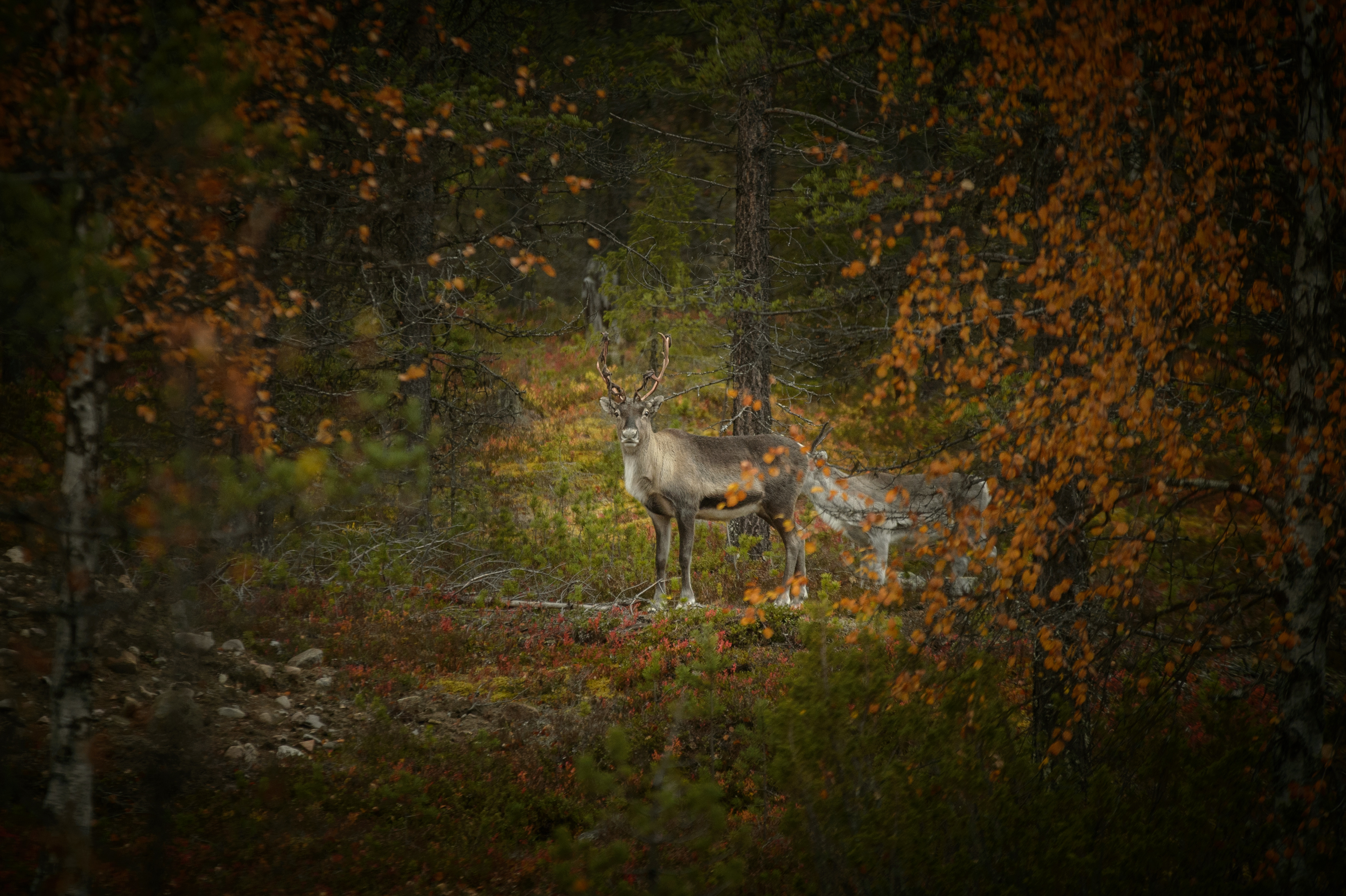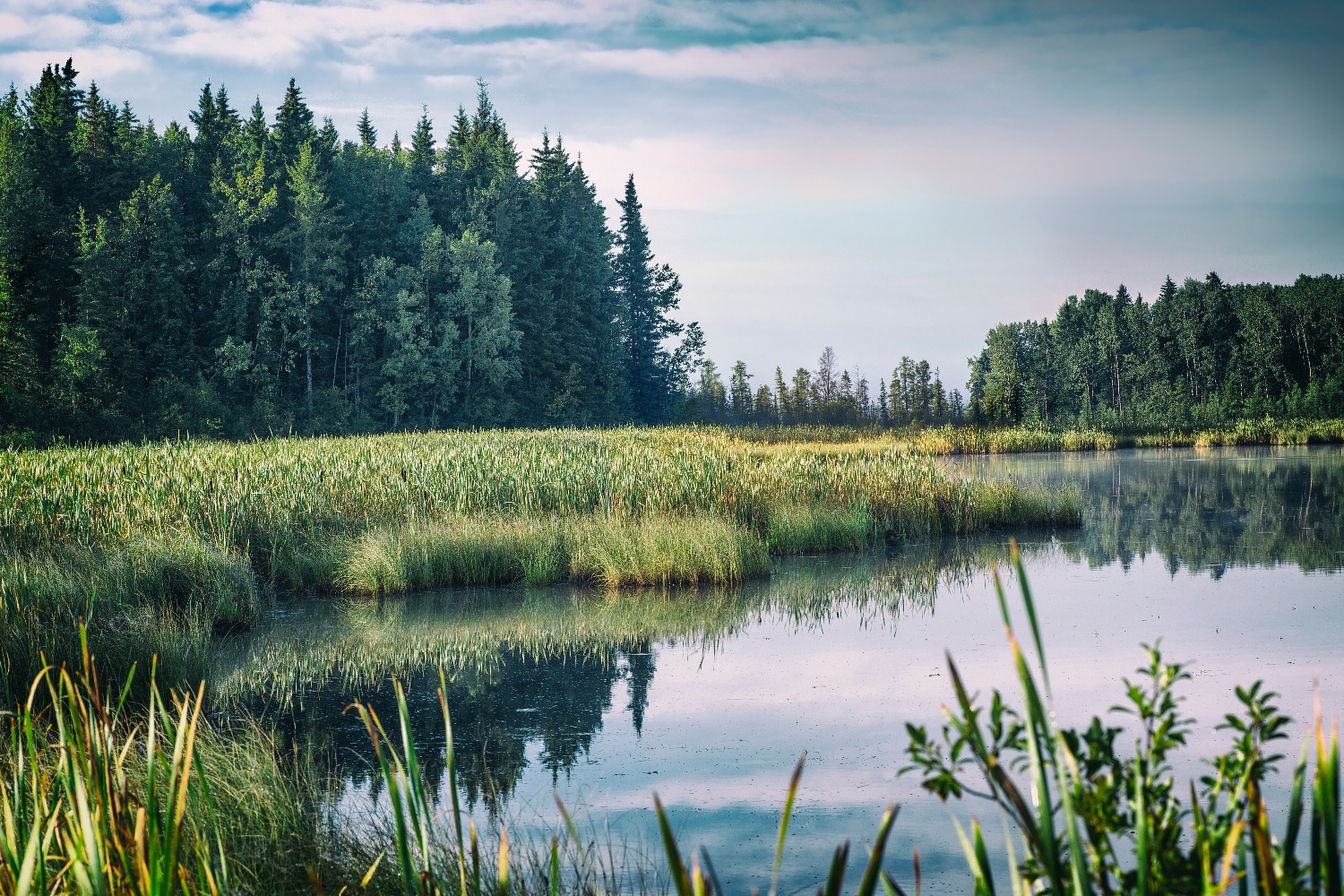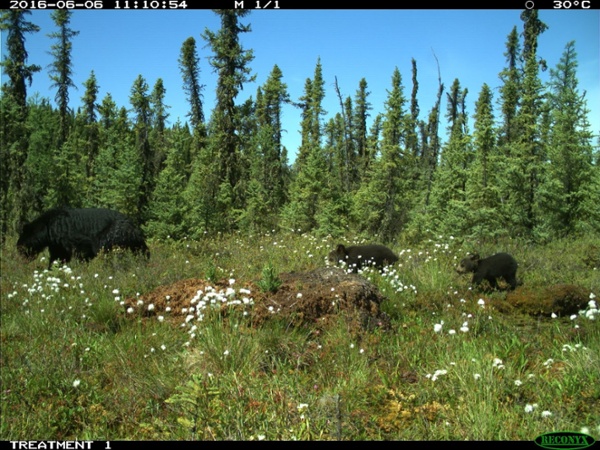
The Multi-Indicator Analysis in Northwestern Ontario, led by a collaborative Working Group, assessed caribou habitat recovery by examining ecological, wildlife, forest, and socioeconomic indicators using an adaptive land management framework. Key findings highlighted trade-offs between indicators (e.g., caribou vs. moose habitat), the effectiveness of current caribou policy (like the Dynamic Caribou Habitat Schedule), and the potential of modified forest practices (such as CLAAG) to accelerate habitat recovery.

.jpeg)










